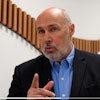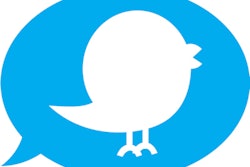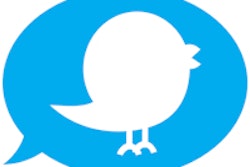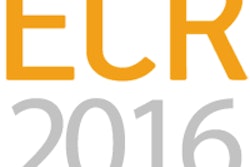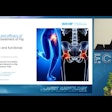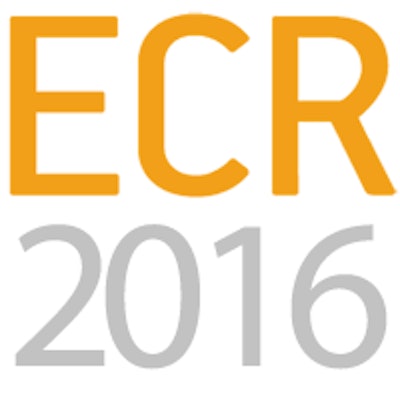
VIENNA - More than just a platform to share pictures of children and pets, social media can provide rich data that allow radiologists to tailor information in a targeted way, according to a presentation at ECR 2016. For instance, social media played a huge part in crafting an online hub to discuss mammography.
In the U.K., women have complained of being poorly prepared for screening mammography, so researchers at the University of Salford sought to engage them in a meaningful way by developing a Web-based information and support hub for mammography -- by first using social media.
"These people are really, really busy, and it's very difficult to get groups of busy women into a situation where they can have some discussions about what might be included in an online hub," said Dr. Leslie Robinson, a senior lecturer from the university. "These people are working, they're in the 45-to-55 population age group, and it proved impossible to get them in to do some focus groups and interviews, so we decided to use social media to enable us to carry out the research."
The first question then became: Where are these women hanging out online? It was determined that they use Facebook more than, say, Snapchat, which is predominantly used by younger people.
Potential participants were informed about the project and invited to join a private, closed Facebook group. "That means those women can view one another's conversations, and develop a community and respond to each other's posts, but nobody from the outside world can see it, and that's very important given the private nature of the topic of discussion," Robinson said.
Also included in the Facebook group were mammographers, breast screening nurses, and public health specialists.
Robinson and colleagues carried out an analysis for approximately eight months using online group analytics tool Grytics. Eighty-nine women joined the group and there were 206 posts, 1,124 comments, and 570 likes, indicating the women were more interested in commenting on someone else's post rather than starting a new thread.
"Women wanted to be able to talk with other women," she said. "Social media was important to these people, but importantly they also want wanted to talk to health professionals. They wanted balance. So they wanted to hear patient experience, but they wanted that balanced with an evidence base."
Based on the analysis, women want more information about screening in general and for breast cancer; breast anatomy; the mammographic examination; what happens after the mammogram; breast cancer, ductal carcinoma in situ (DCIS), and other pathologies; and research. Women also wanted to engage in discussions about the breast: how it is perceived more widely, contrasted with its objectification by healthcare professionals.
Using information gleaned from the Facebook group, last month the Word of Mouth Mammogram e-Network (WoMMeN, wommen.org.uk) was born. The hub includes forum features with an invitation to join the conversation, and all of the information topics are also included.
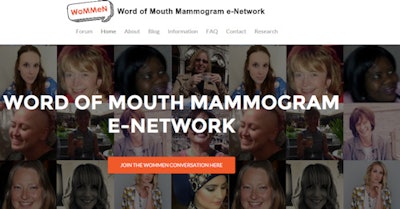 The WoMMen home page.
The WoMMen home page."So, very importantly, what we're doing here is curating all of the information that's already out there on the Internet but of such variable quality that women are very, very confused," Robinson said. "And we have curated that into good quality information that responds to what women said they want."
The patient information has been designed by the community for the community. "We believe this has been possible because social media has been a very effective and convenient method for recruiting participants and collecting data," Robinson concluded.



